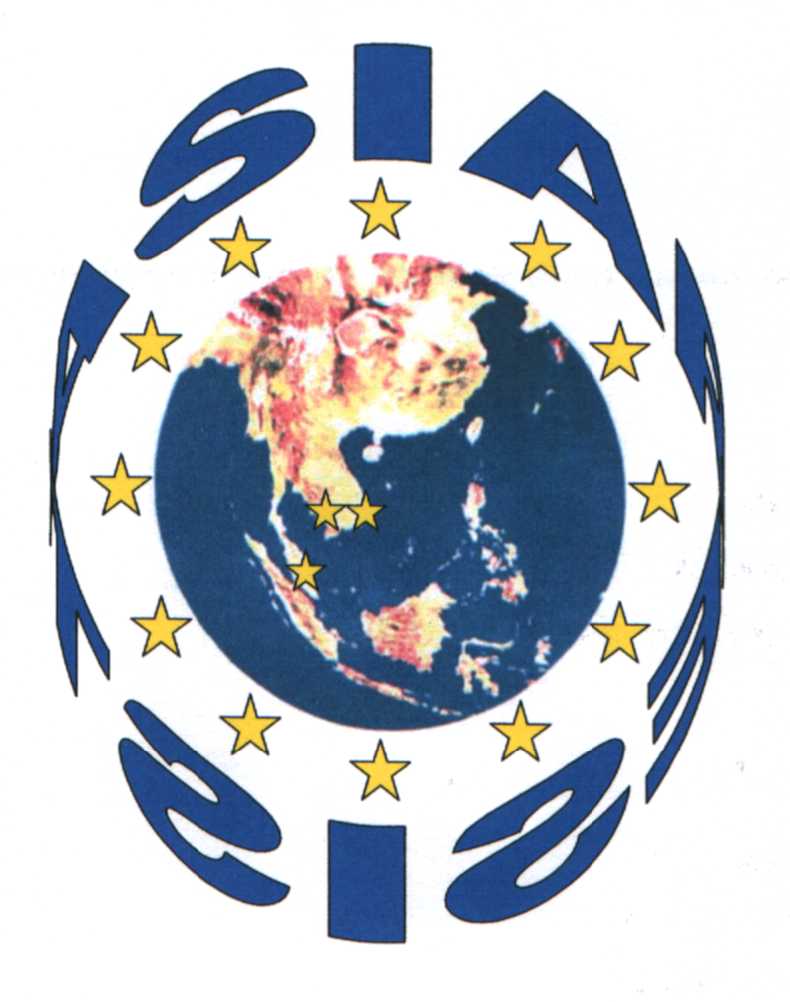

![]()
|
|
|
|
Antibiotics are widely used in aquaculture for treatment and prevention of diseases due to infection of cultured aquatic species with bacteria. Without antibiotics, many farmers of aquatic species around the world would be unable to maintain a viable enterprise. Until highly effective vaccines are developed for all of the important bacterial diseases of farmed aquatic species, and/or novel means of disease control such as farming of genetically resistant stock or biological controls are developed, this is likely to remain the case. While antibiotics are also widely used in human medicine and in terrestrial agriculture, their use in aquaculture presents special problems. These mostly relate to the means of delivery. Aquatic species are farmed at high densities, and, in some cases, in extremely high numbers. This, together with the nature of the species concerned, makes individual dosing impractical. The alternatives are either addition to feeds or to the water. The result in both cases is the presence of antibiotics at varying concentrations in the aquatic environment in the proximity of farms. This is an almost ideal situation for development of resistance to the antibiotics in those bacteria present in the water around aquaculture sites. Should antibiotic resistance develop, the consequences for the farmer and his stock can be severe. The antibiotic(s) concerned may no longer be effective in controlling disease, and the only alternative may be to abandon or fallow the site. The consequences for the general public are potentially even more serious. The vast majority of bacteria that occur at aquaculture sites are entirely harmless to humans or other animals, including fish. But they can occur in quite large numbers as part of normal aquatic ecological systems. The risk of development of antibiotic resistance in such bacteria may become significant where antibiotics regularly find their way into the water, because the "environmental" bacteria may be driven to develop resistance in order to survive. This in itself would pose little threat to either fish or other animals, were it not for the fact that bacteria have the capacity to transfer genetic information between themselves. Importantly, this can include information on how to resist antibiotic attack. Therefore, should potential human pathogens also find their way into such environments, there becomes a risk that they will acquire the genetic information required for antibiotic resistance from the much more numerous members of the normal bacterial community. Where this occurs in water in which human food is produced, there is clearly a possibility that a significant risk to the consumer will result. Antibiotic usage in aquaculture, as in other areas of agriculture, is generally entirely legitimate and carefully managed. Even so, and as explained above, because of the means of delivery to the farmed species, levels that can drive antibiotic resistance development in bacteria can arise in the water. Moreover, there is illegal use of antibiotics, as recent highly publicised accounts of rejection of Asian aquaculture products by the EU testify. In these cases, the antibiotic chloramphenicol, which is banned for use in aquaculture in the producing countries of Asia and South East Asia, was found in farmed prawns. Chloramphenicol is a particularly important antibiotic that is generally reserved for special uses, such as treatment of eye infections, infections of the central nervous system, and some highly contagious and potentially epidemic diseases such as typhoid. In these recent cases, the foods were banned because they contained small amounts of antibiotic. The primary risk to the consumer in such instances is that the low levels of antibiotics in the food could lead to development of antibiotic resistance in bacteria that are carried by the people consuming the products. However, the presence of the antibiotics in aquaculture products indicates use on the farm, with the consequent risk that antibiotic resistance will develop at the source, i.e., in bacteria in the aquatic environment. Resistant bacteria, if they are human pathogens, them become a risk to those people working on the farm and in handling the farm products as they are prepared for sale. Second, if the resistance arises in pathogens of the species that is being farmed, the antibiotic will cease to be of any value to the farmer, whether it is in legal or illegal use. Thus, the aim of this project was to determine the extent to which antibiotic resistance may occur in South East Asian aquaculture environments, to assess the risk of its transfer between bacteria, to raise awareness of the risks, and to develop protocols for farmers and disease control agencies that can be used to monitor antibiotic resistance and prevent its spread into the human food chain. To this end, a unique collaboration between researchers in Europe and in SE Asia has been established with the support of the European Union. The goal was to develop the expertise and tools that will enable SE Asian producing countries to ensure that their aquaculture products do not carry antibiotic resistant bacteria. The beneficiaries are both the producing countries, and their customers in the European Union and, indeed, in the large number of countries around the world where SE Asian aquaculture products are marketed. Over a period of three years, six research groups, three in Europe and three in South East Asia, have combined their expertise in microbiology, molecular biology, and informatics to achieve a common goal to benefit both the producer and the consumer of South East Asian aquaculture products.
|
This Web Site was developed by R.I.L.A.B. s.r.l., Genoa, Italy. For questions or
comments regarding this Web Site please contact [info@rilab.it] .
|